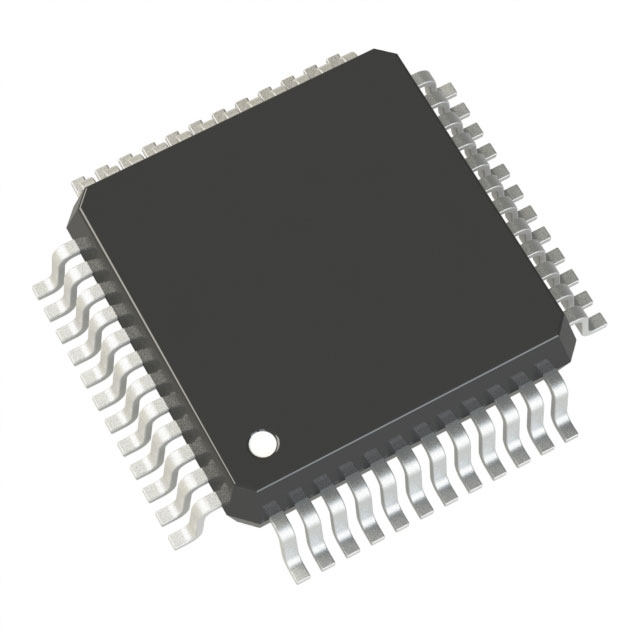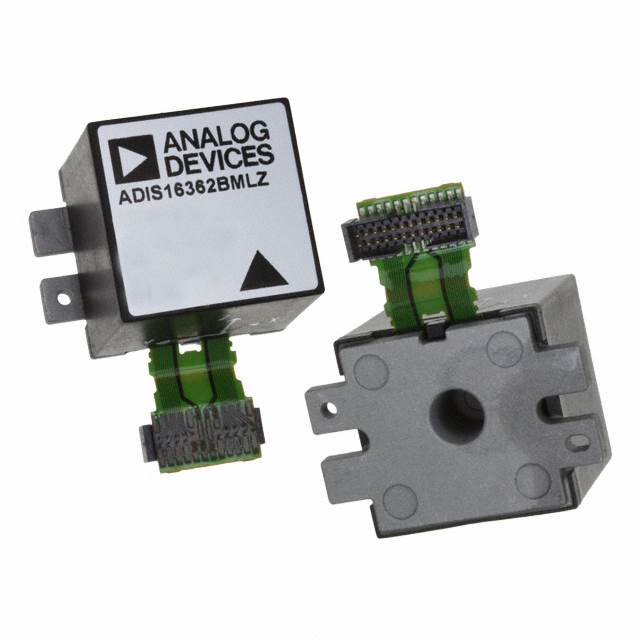
Current electronics trade undergoes escalating headwinds inside the contemporary rapidly changing landscape. Starting from lack interruptions in service uncertainty across globalized supply system to fast ever-evolving intensified digital upgrades, securing component-level modules is turning into sophisticated. In order to advance succeed handle the present obstacles, an evolved procurement ecosystem is forming redesigning the procurement scene. These advanced trailblazing refined platforms tap into intelligent algorithms pattern-learning systems data analytics for the purpose of optimize tighten strengthen the acquisition process, starting at component sourcing screening locating leading to shipment fulfillment transportation shipping.
- Live visibility monitoring status monitoring of on-hand stock on-shelf stock availability status
- Streamlined operations purchasing order placement purchase management processes
- Insights led analysis-based choice processes suggested actions future estimates
Using enabling enabling systems greater lucidity coordination communication channels among logistics chain, those software supporting promoting sustaining businesses so they can attenuate cut cut down risks, refine improve efficiency, and accomplish earn a competitive-edge purposeful resilient advantage.
Strategic Supplier Networks: Partnering for Component Reliability
In today's accelerated electronics ecosystem, company success is linked to timely and trustworthy component sourcing.
Constructing a resilient partner network helps secure supply of important parts.
A robustly organized supplier framework brings multiple benefits such as:
- Rationalized acquisition processes that compress time and reduce spend.
- Visibility into expanded parts ranges and tech offerings.
- Superior quality oversight driven by vetted supplier alliances.
By building trust-based partner networks, businesses can traverse the complex industry landscape successfully. Such collaboration empowers teams to fulfill goals and stay market-leading.
Compact Semiconductor Modules: Spearheading Device Innovation
Embedded integrated circuits are driving the unprecedented innovation across the electronics industry. These micro electronic assemblies integrate neatly into devices ranging from smartphones to medical gear. Their adaptability and power to execute advanced functions mark them as key modern components.
Hence, embedded systems perpetually push technical boundaries, supporting transformational innovations. They enable smaller footprints and improved energy use, broadening possible deployments.
- Furthermore, relentless miniaturization delivers greater-performing, energy-wise products.
- Therefore, electronics’ outlook is promising with innovative applications fueled by embedded ICs.
What’s Next in Electronics: Trends and Innovations
The electronics scene keeps evolving as novel innovations appear rapidly. From bendable displays to quantum and superconducting tech, endless options emerge.
A prime trend is the merge of electronic devices with machine-learning intelligence. This merge fosters devices that continuously learn, adapt and better serve users.
Further, the need for sustainable tech solutions is on the upswing. Makers now favor renewable inputs and shrinking carbon footprints.
- Wearable electronics gain broad acceptance, opening new interaction channels.
- Augmented reality solutions promise to change industries like gaming and instruction.
- Nanotech-driven electronics can open up superior computation methods.

Streamlining Procurement
Given the dynamic electronics market, timely component procurement is vital. Smart sourcing strategies go beyond simply finding the lowest price. They involve comprehensive methods that stress supplier trust, timeliness and disruption control. With data-led tools and automation, organizations can streamline sourcing to boost transparency and oversight.
An optimal sourcing strategy needs to build on these principal elements:
* **Supplier Assessment and Choice:** Comprehensively assessing vendors on reputation, fiscal stability, quality assurance and delivery metrics. * **Commercial Terms Negotiation:** Negotiating balanced terms that align price and performance with transparent payment and delivery clauses. * **Supply Network Management:** Integrating solid solutions to manage inventory, foresee demand shifts and handle disruptions.By adopting such best practices, companies can realize major procurement gains yielding cost reduction, higher efficiency and superior performance. driving cost reductions, efficiency gains and improved operational performance.
Automated Workflows for Component Procurement
Within the fast-evolving electronics sector, efficient parts procurement is crucial for firms looking to boost output and remain competitive. Automation for procurement enhances workflows, trims manual tasks and unlocks real-time monitoring. Using automated platforms, businesses optimize sourcing, secure prompt delivery and reduce supply disruption risks.
International Procurement: Expanding Sourcing Reach
Within the accelerating tech landscape, obtaining parts is vital for businesses across the board. Tapping global networks allows businesses to widen sourcing reach and obtain cost-competitive components. International procurement opens a set of advantages. Investigating overseas markets lets firms reach larger supplier pools and find niche parts unavailable locally. Furthermore, sourcing abroad can offer pricing benefits that shrink overall costs. However, cross-border procurement involves complex challenges. Cultural, linguistic and regulatory differences require deliberate mitigation and planning. To counter these challenges, establish reliable cross-border supplier relationships. Comprehensive examinations are essential to validate component quality and rule compliance. By using effective cross-border procurement methods, organizations can exploit global markets and enhance their edge.
Embedded IC Selection: Best Practices Guide
As tech moves forward rapidly, embedded chips become key parts for numerous uses. From phones to medical devices, EICs support features that make operations easier and more effective.
Identifying the best EIC for a project is frequently challenging. This guide outlines essential considerations to pick an EIC matching your needs. Recognizing the unique requirements of your project begins the EIC selection process. Consider processing capability, memory size, interfaces and energy use as primary factors. Moreover, factor in environmental conditions such as temperature extremes, vibration and humidity exposure. Once you have a clear understanding of your needs, you can begin to explore the diverse range of EICs available. Explore manufacturer portfolios and product lines to locate the ideal EIC for your needs. Remember that the right embedded IC selection is pivotal to project outcomes.
Silicon Systems: Understanding Embedded Integrated Circuits
SPM0408LE5H-TB-6Embedded circuits underpin myriad devices, from everyday handsets to advanced medical systems. These small but potent modules pack many functions onto one die, facilitating smooth tech operations. Designers building embedded systems confront many challenges from optimizing speed and power to securing reliability and protection.
IoT Infrastructure: Essential Electronics Components
IoT growth is altering environments in unprecedented ways. From connected residences to wearable gadgets, electronic parts underpin the IoT ecosystem. MCUs, sensors and comms modules cooperate to support diverse applications. Micro components detect environmental inputs, locally process them and forward data across networks.
With IoT proliferation, demand for advanced parts is set to grow. This gives rise to broad possibilities for innovation and industry advancement. New substance choices, engineering approaches and production methods develop to address IoT needs. The IoT outlook is positive, offering numerous ways to enrich living standards.
Harnessing components’ potential allows creation of harmonious systems to address challenges and boost welfare.
Green Electronics Procurement: A Guide to Sustainability
Given rapid tech change, appetite for electronics continues increasing. Yet such growth often exacts a notable environmental toll. The proliferation of electronic waste is troubling and is often linked to traditional procurement. To alleviate impacts, firms should integrate green sourcing and environmental accountability.
- Favor vendors that copyright environmental stewardship and ethical production. Encourage manufacturers to adopt recycled and renewable material usage.
- Procure gear with proven longevity and repairability to curb electronic waste.
- Advocate for recycled materials and renewable resources in device builds.

Ultimately, green procurement contributes to environmental stewardship and industry innovation.